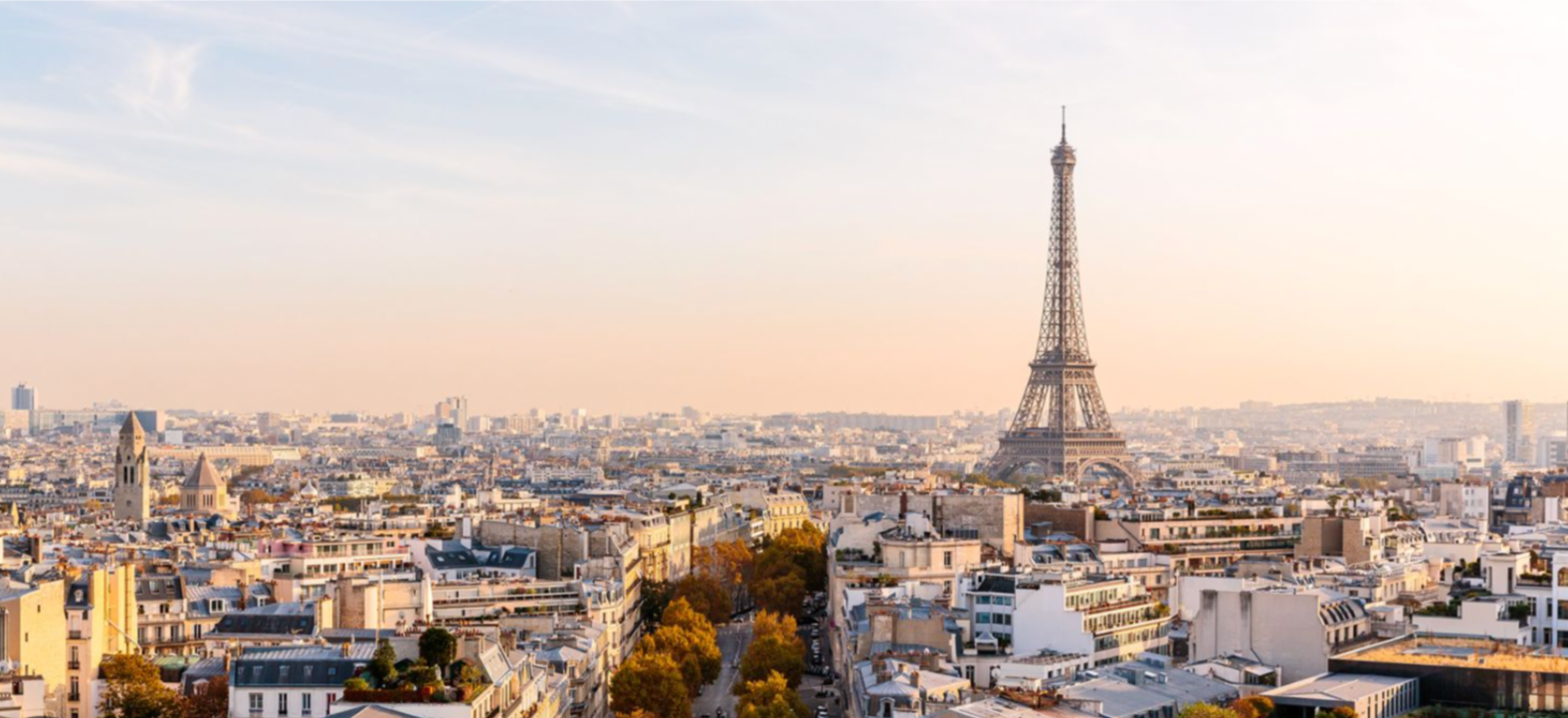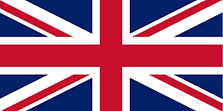
Why So Many Crosses?
• Europe’s flags are deeply tied to Christian heritage, feudal heraldry, and the legacy of nation-states formed through war and dynasty.
• Crosses: St. George, St. Andrew, Nordic Cross — representing Christian patron saints
• Colors: Red for sacrifice, blue for loyalty, white for peace
• Crowns or eagles: Legacy of Holy Roman Empire, Byzantine, and Napoleonic influence
France
• Tricolor (blue-white-red): Birth of the modern revolution flag — blue and red for Paris, white for monarchy.
• It was a rejection of royalist emblems and a symbol of republicanism and liberty.
• Inspired countless revolution-era flags worldwide.
United Kingdom
• Union Jack: A superimposition of three crosses — England (St. George), Scotland (St. Andrew), and Ireland (St. Patrick).
• Notably omits Wales — reflecting its colonial incorporation.
• The design is religious and political, capturing British imperial identity.


Religious Neutrality
Bosnia and Herzegovina and Kosovo use stars and shapes that avoid overt Christian/Muslim symbolism, in efforts to reflect multi-ethnic societies post-conflict.
Norway & Sweden
• Nordic Cross: Represents Christianity, first used by Denmark.
• Cross is shifted left to honor religious and royal hierarchy.
• Nordic countries often use minimalism to express modernity, unity, and heritage.


